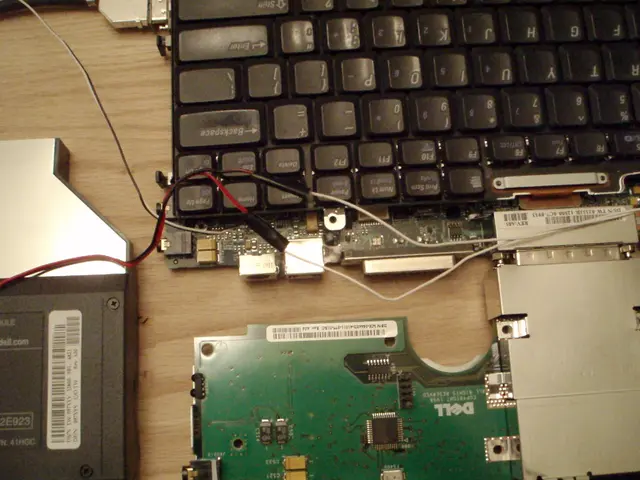Nuclear power on the brink of a resurgence on a massive scale?
In the ever-evolving world of energy, nuclear power is poised for a revival, with both large-scale and small modular reactors (SMRs) promising a cleaner, more reliable future.
Holtec International has announced plans to restart Michigan's Palisades Power Plant, a 800-MW reactor, next October. If approved by the Nuclear Regulatory Commission, this project could pave the way for other shuttered reactors across the country to be restarted. However, the investment necessary to bring back closed reactors like the Palisades Power Plant is not small, on the order of a couple of billion dollars per reactor.
Meanwhile, the SMR industry has faced regulatory and economic barriers, stunting its growth. One notable instance is the withdrawal of the Utah Municipal Associated Municipal Power System from a project with SMR company NuScale. Despite these challenges, there is a growing demand for 24/7 reliable and carbon-free electricity from booming industries like data centers and clean manufacturing.
The construction process of large-scale nuclear power plants, like the AP1000 reactor at Georgia Power's Plant Vogtle, has been fraught with delays and cost overruns. The completion of reactors 3 and 4 at Georgia Power's Plant Vogtle is seen as proof that new large-scale nuclear power plants can be built, but the U.S is not very good at building large reactors from scratch.
Spokas and Buongiorno argue that the value of nuclear plants should consider how generation facilities reduce total system cost and minimize barriers such as transmission buildout, land use competition, and supply chain availability. They also suggest that a combination of standardization and permitting reform could make new large-scale projects easier to build.
SMR designs, like NuScale's 50-MW reactor, have to be approved by the Nuclear Regulatory Commission, a process that can take years due to the new and untested nature of most designs. Roughly 70% of overall costs come from constructing the plant for both SMR and large-scale nuclear. The review process for SMR designs can be lengthy, as seen with NuScale waiting four years to receive a license on its design.
Despite these challenges, the world of energy has changed, with greater awareness of the environmental, economic, and grid stability value of nuclear plants. The high cost and lower energy output of SMRs can make the projects hard to justify, but their smaller scale and modular design could make them more feasible for smaller communities and remote locations.
With 41 closed nuclear reactors representing untapped clean energy capacity, the potential for a nuclear power revival is significant. Large-scale nuclear power could be ready for a comeback, and with the right strategies in place, SMRs could provide a sustainable energy solution for the future.
Read also:
- Peptide YY (PYY): Exploring its Role in Appetite Suppression, Intestinal Health, and Cognitive Links
- Toddler Health: Rotavirus Signs, Origins, and Potential Complications
- Digestive issues and heart discomfort: Root causes and associated health conditions
- House Infernos: Deadly Hazards Surpassing the Flames








